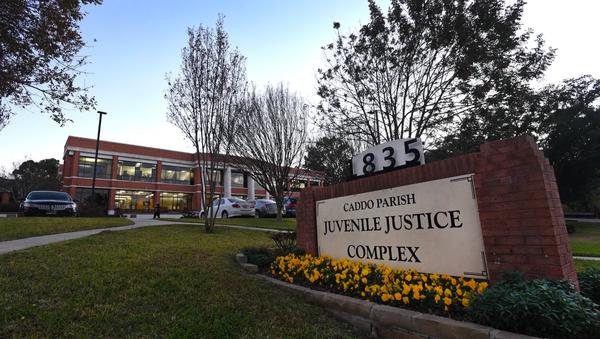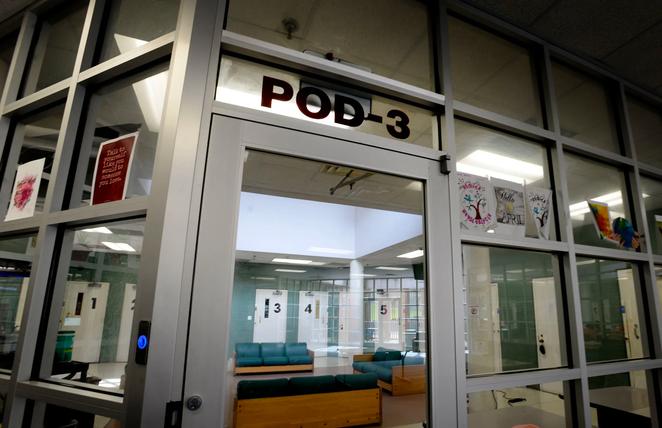
1 minute read
Juvenile Justice: A Plea for Caddo’s Girls Juvenile Justice: A Plea for Caddo’s Girls
Ananya Bhatia
A mere three-minute drive east from Magnet is a place most forget about— Caddo Parish Juvenile Court and Detention Center (CPJC). And up until this summer, I was part of our community’s majority, complaining about how this city’s too tiny, worrying about rising crime, and yearning to leave Shreveport and never look back. But after two months of interning and learning from CPJC’s staff of 80 hardworking public servants, I now cannot imagine myself looking any other direction but at the root of so many Caddo issues— juvenile justice.
Advertisement
Issues of racial disparity, an underfunded education system, and generational poverty are all evident in a simple drive around our neighborhoods, and each issue disproportionally affects young girls. Judges, probation officers, clerks, and security guards will all tell you they see more single mothers and grandmothers in the court’s lobby than any other guardianship. 100% of girls serving time in the Caddo detention center have a history of sexual assault, molestation, or sex trafficking. 30% come in with an untreated STD.
“This is the frontlines,” said Mr. Clay Walker, Director of Caddo Parish Juvenile Services and Magnet parent, in reference to our community’s justice system. The parish leads the world in incarceration rates, continues to constantly cut juvenile services’ funding, pools a 3.5 million annual budget deficit, fails to meet the youth’s mental health needs, and never has enough staff to meet rising caseloads. The issue of gender equity in juvenile justice is forgone because current conversations are simply about meeting the youth’s most basic necessities. In conversation with State Representative Delisha Boyd on the topic of education in juvenile detention centers, she explained that with the current legislators dominating our state legislature, the topic would probably be lost in a partisan frenzy.

The trappings of funding, overworked public servants, and hyper-partisanship are not unique to Caddo or Louisiana, they are a national crisis. But, we benefit from being a smaller, closer-knit community. We, as Caddo, can and must rally behind juvenile justice advocates, workers, and the female youth they serve. Because otherwise, they do not have anyone else in their corner. Supporting outside organizations such as CADA, The Jewell House, The Rutherford House, Volunteers for Youth Justice, and Restoration Crisis Center all contribute to this effort.
Every girl in the Caddo Detention Center, on probation, or standing in court is serving for a crime, but we as a community fail to remember that most of those girls come from lives of poverty and trauma. If we continue feeding the current cycle, they are more likely to re-offend, and their eventual children are more likely to end up within our justice system. Most often, girls in the juvenile justice system never see justice served for the crimes committed against them.






